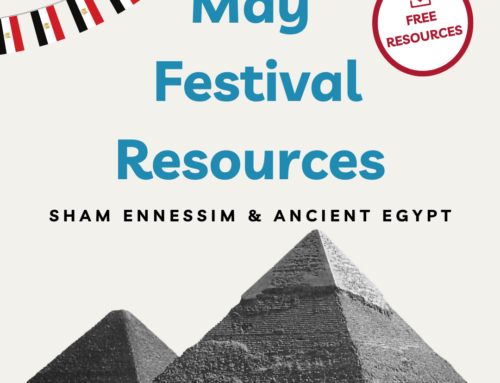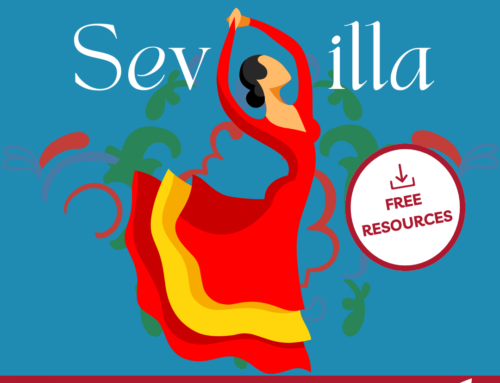
In a rapidly globalising world, the English language has become the lingua franca that bridges communication gaps between people of different cultures. As the number of English as a Second Language (ESL) students continues to grow, educators face the crucial task of providing an inclusive and culturally responsive learning environment. Recognising and incorporating cultural diversity into ESL classrooms not only creates a more inclusive environment and enriches the educational experience but also fosters empathy, mutual respect and global citizenship.

1. To acknowledge cultural identity
The foundation of successful language acquisition lies in acknowledging and embracing the cultural identity of ESL students. Language and culture are inextricably intertwined, and by integrating students’ native cultures into the curriculum, educators create a bridge between the familiar and the new. Recognising festivals, traditions, customs and historical events from students’ own cultures empowers learners and promotes a sense of belonging in a setting that could feel isolating. This acknowledgment of their cultural identity allows students to maintain their self-esteem and retain a positive attitude towards learning English rather than seeing it as a threat to their culture or identity.
2. To foster inclusion and empathy
Cultural diversity in the ESL classroom provides a unique opportunity for students to interact with peers from various backgrounds. Such exposure not only encourages curiosity about other cultures but also fosters empathy and compassion. By actively engaging in cross-cultural discussions and activities, students gain a broader perspective on global issues, leading to a more inclusive and open-minded approach to the world around them. These skills of empathy and compassion are ones that students will need as they get older and as our cities, towns and schools become more culturally diverse.

Here are 4 tips for creating a culturally-diverse classroom. Do you have a technique or activity that works for you? Why not share it with the Milton English teachers community by leaving a comment below?




The steps between knowing the tips and taking action can seem like too much work when your schedule is already filled to the brim with tasks. We know that your time is valuable and incorporating extra festival activities might seem like too much; that’s why we’ve gone ahead and taken care of most of the work for you! Check out these free resources for festivals this September: Mexican Independence Day (Mexico) and Mid-Autumn Festival (China)!

Download our Free Resources Now!
When you sign up to the Milton English Teachers community, you’ll gain access to our free festivals worksheets and all the other free resources available!
Be sure to check back each month as we provide you with the resources to celebrate cultural diversity all year long!







Leave A Comment
You must be logged in to post a comment.